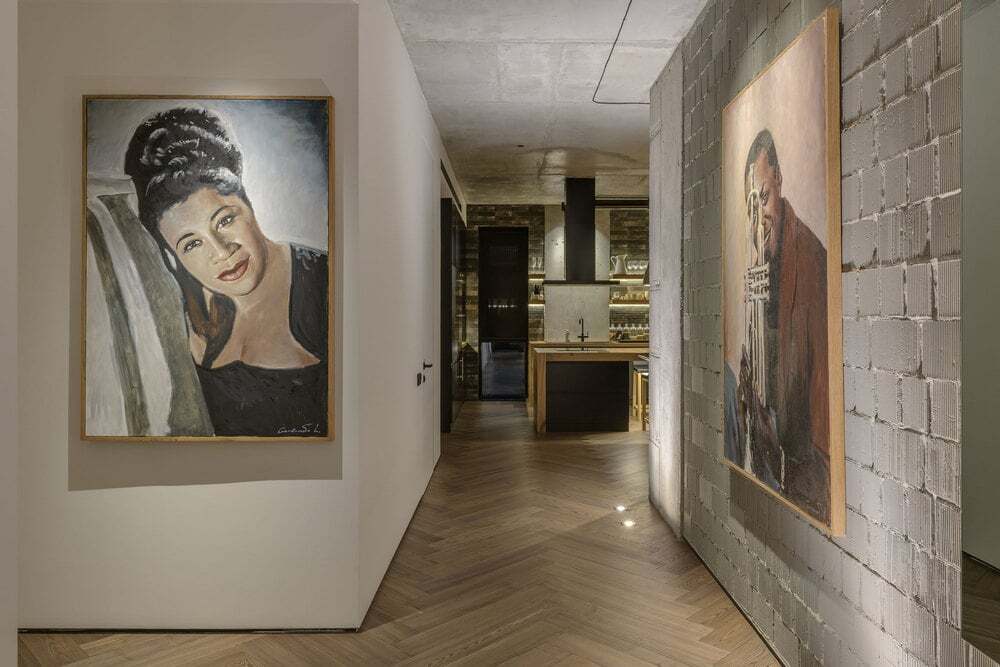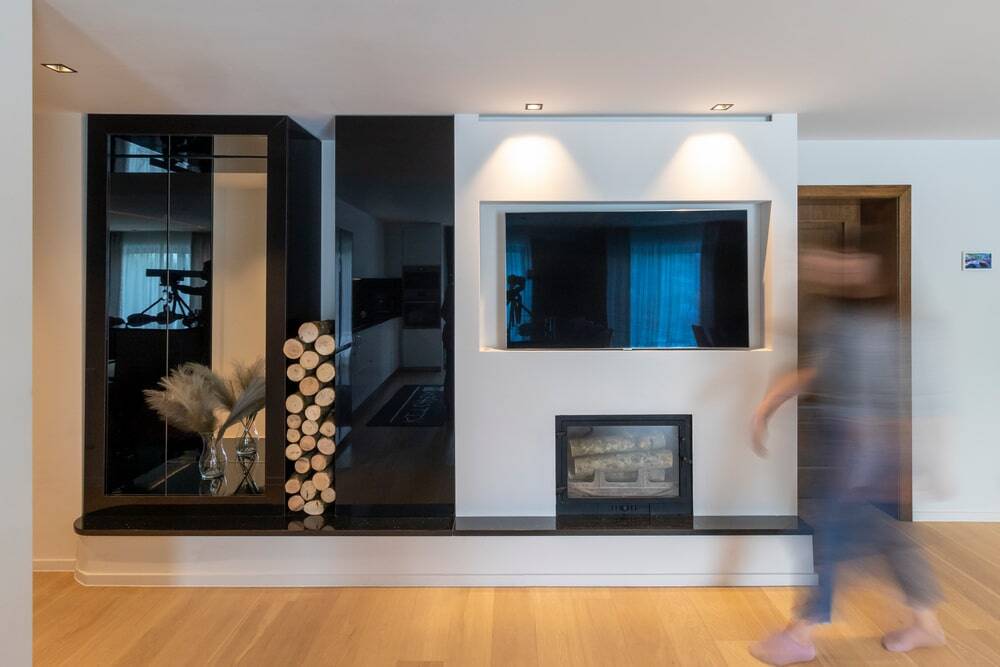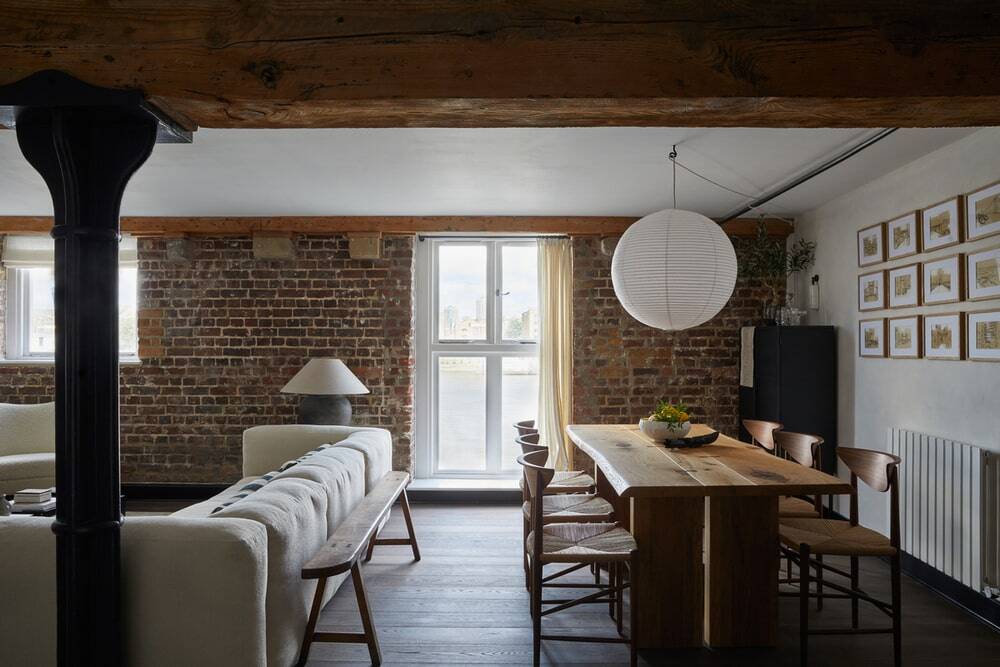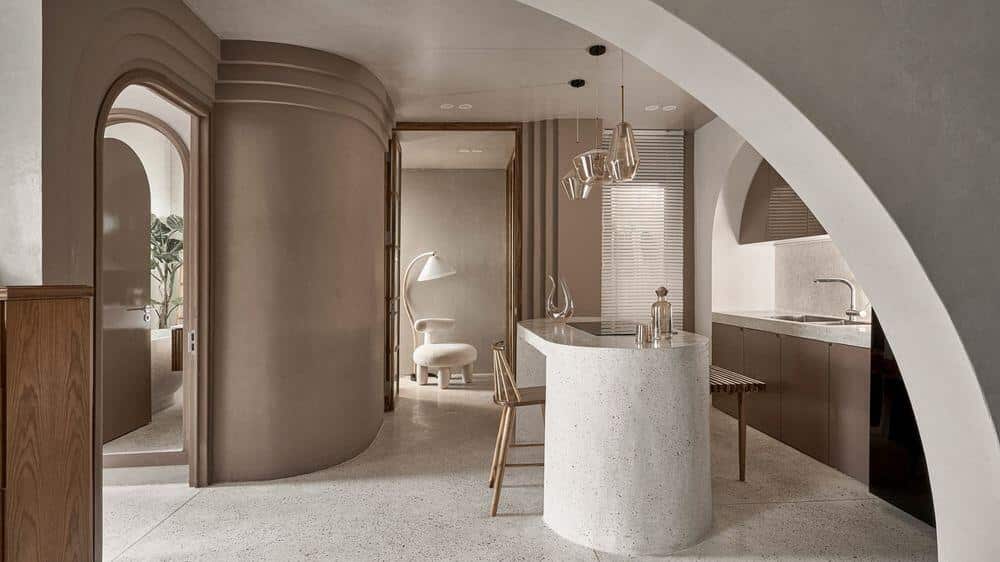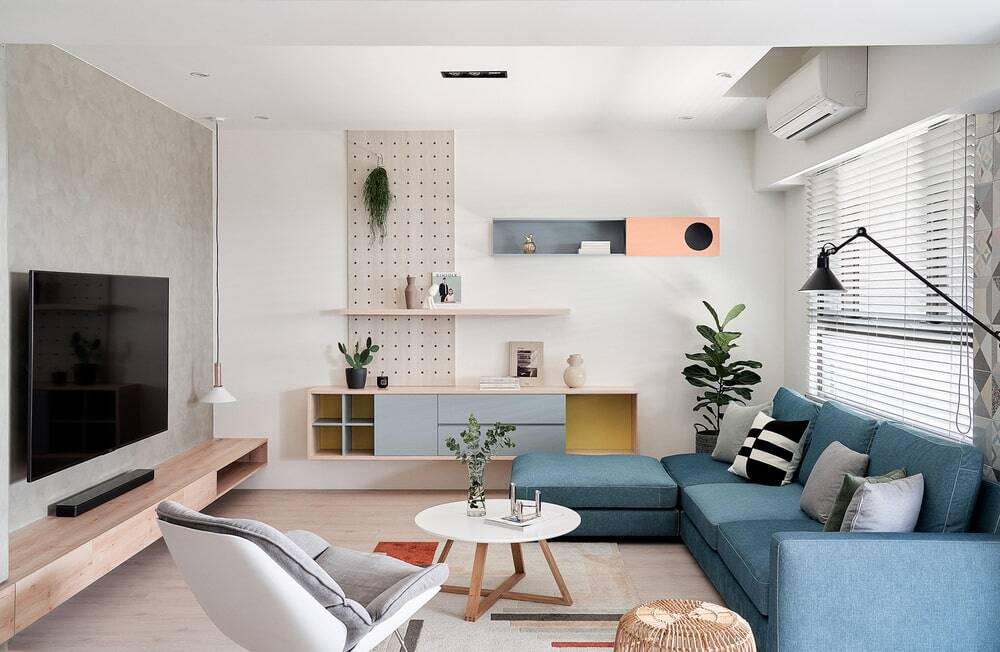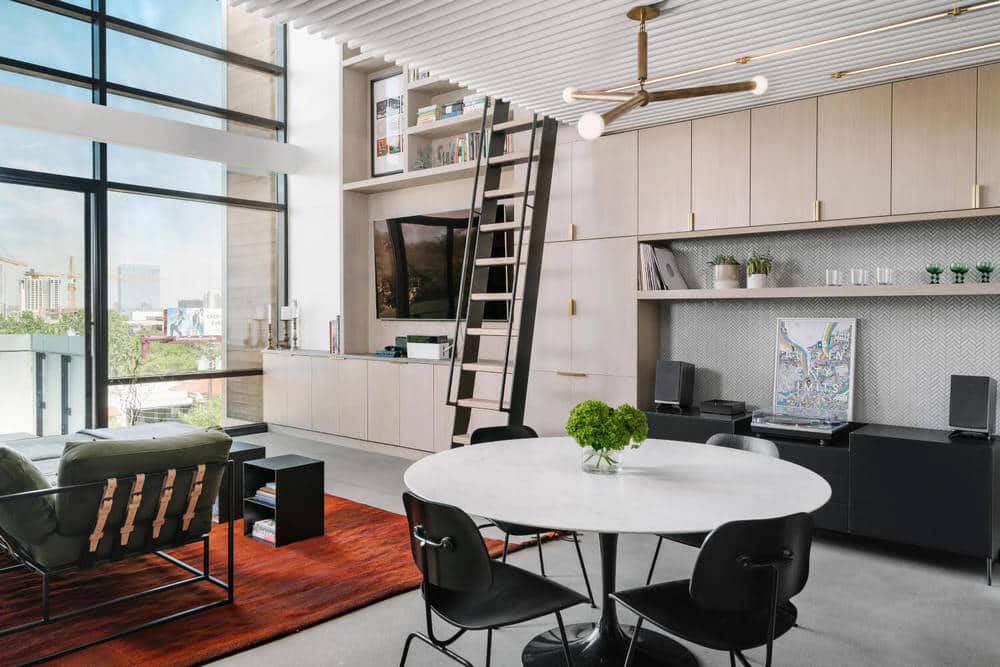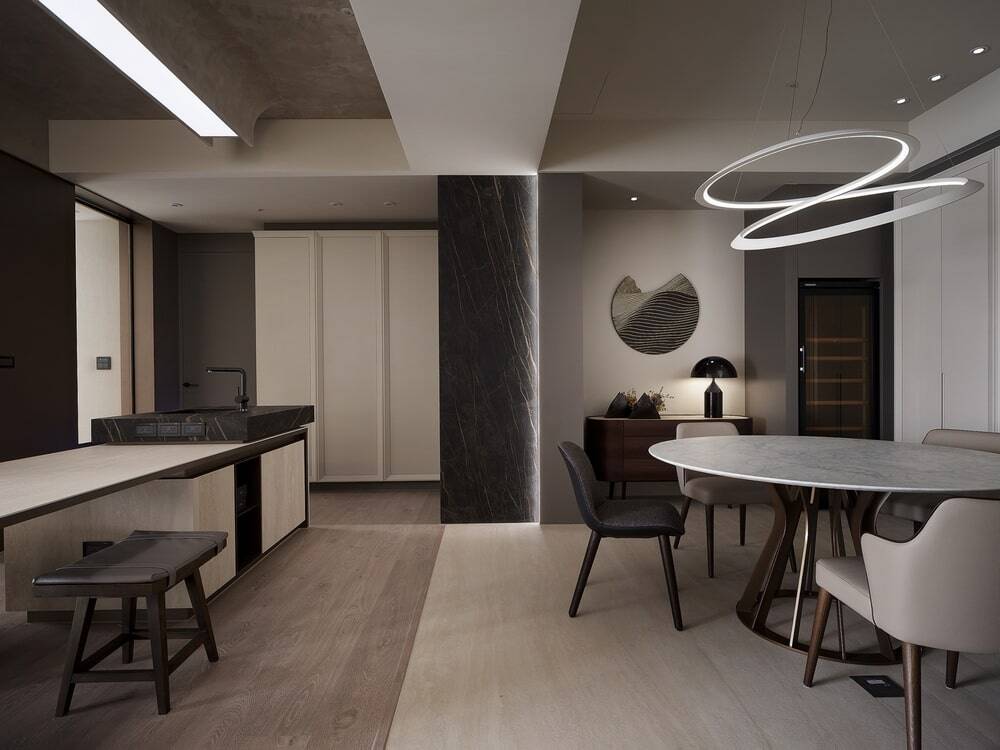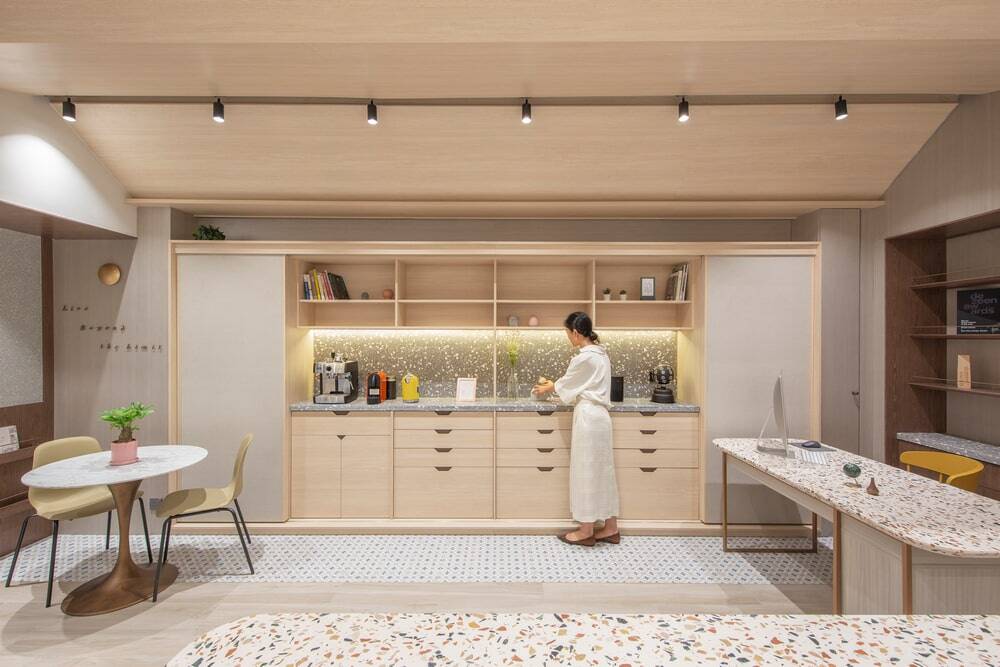JAZZ Apartment / ZIKZAK Architects
The owner of the apartment in the Kiev club house Garden travels a lot and has collected a wonderful collection of books. The JAZZ apartment combine capsule comfort, restrained brutality and well-thought-out logistics. The priority is personal…

